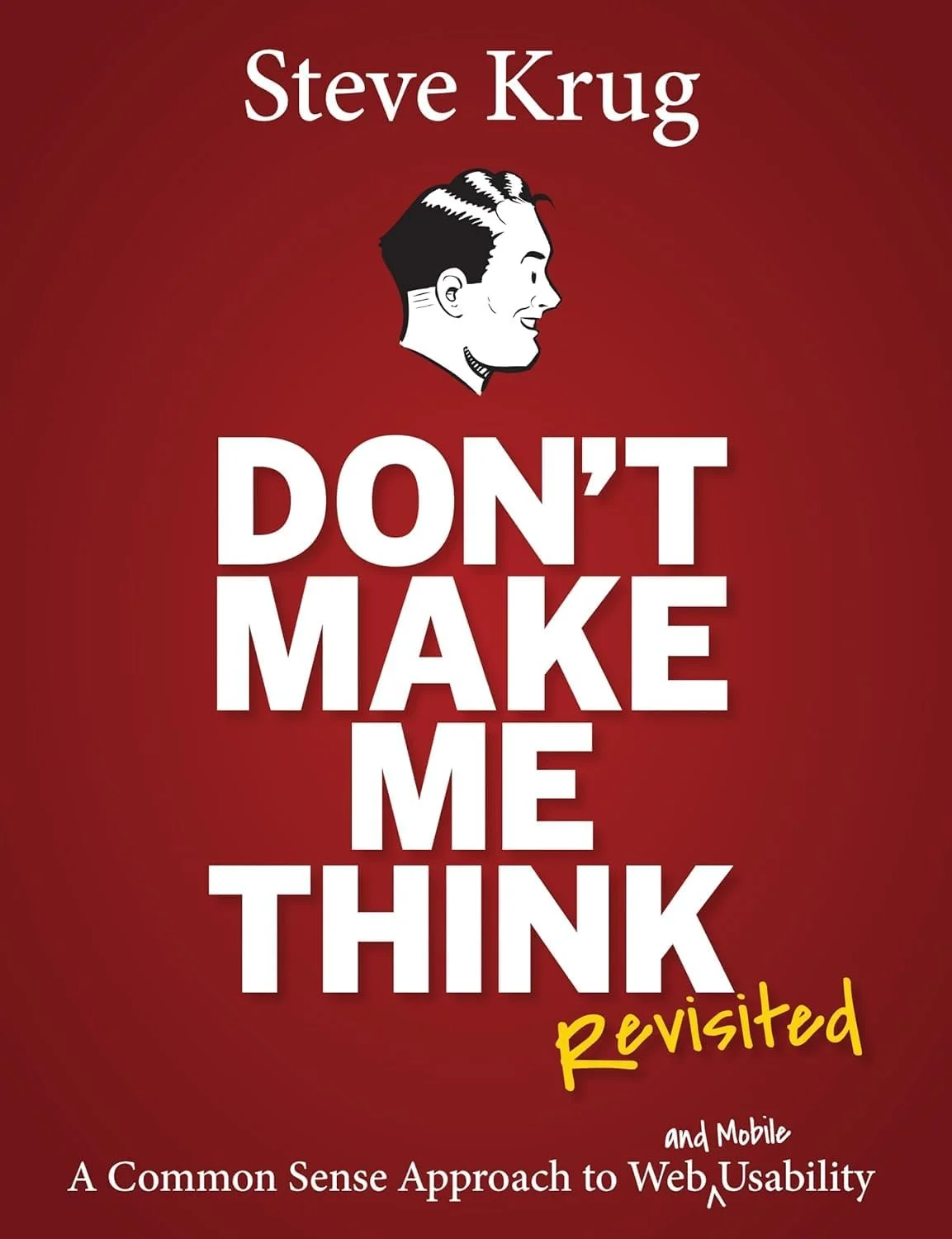Leadership and mentoring
“You're a wizard, Harry”
Sometimes all you need is the right person telling you the right thing
Stepping into leadership and mentoring roles in the design realm is like wielding a magic wand that conjures joy and weaves a legacy of enchantment.
Mentoring younger designers allows me to witness their growth and success, providing a deep sense of purpose in our collective work. By sharing knowledge and experience, I can leave a positive impact on the next generation of designers, helping shape the industry's future.
This also fosters continuous learning and reflection, keeping me current with industry trends and refining my leadership abilities. It enhances my reputation as a thought leader and expands my professional network, opening doors to new opportunities and collaborations
Mentoring promotes a positive work culture by fostering collaboration and support among colleagues. It ignites my passion for design in different ways as I can interact with enthusiastic mentees, inspiring fresh perspectives and innovative ideas.
Moreover, engaging in mentorship is like mastering the ancient arts of wizardry —strategically investing in succession planning to ensure the continuity of skills and knowledge within the design field.
I feel I can inspire designers to carry on a legacy like sorcerers passing down enchanted secrets through the ages.
Learning, Doing & Leading
As a mentor, I prioritise continuous learning, hands-on experience, and leadership development, guiding mentees to expand their skills, solve real-world design challenges, and become confident leaders in the design community.
Learning
I encourage mentees to expand their skills, deepen their understanding of design principles, and stay updated with industry trends. Through regular discussions, workshops, and resource recommendations, I create a stimulating learning environment that inspires curiosity and professional development.
Doing
I believe in hands-on experience and practical application of knowledge. I encourage mentees to actively engage in design projects, providing opportunities to apply theoretical concepts to real-world scenarios. By guiding them through project challenges, feedback sessions, and iterative processes, I help them develop critical problem-solving skills and gain valuable experience in the field.
Leading
I aim to instil leadership qualities in mentees. I emphasise the importance of taking initiative, making informed decisions, and inspiring others through exemplary work. By setting a positive example and fostering a supportive yet challenging environment, I empower mentees to become confident leaders, capable of guiding others and making meaningful contributions to the design community.
Books that I recommended
I know what you are thinking, 'Books are boring' or 'Why read it when I can ask ChatGPT for a book summary?' But wait a moment.
Books play a significant role in facilitating learning by providing in-depth insights, diverse perspectives, and timeless wisdom on various subjects.
Here are some books that I believe everyone should read:
-

The Laws of Simplicity
John Maeda
Maeda presents ten laws of simplicity in design, providing practical strategies and principles for achieving elegance and effectiveness in design solutions.
-

The Design of Everyday Things
Don Norman
This book explores the fundamental principles of usability and user-centered design, illustrating how thoughtful design can enhance everyday experiences by making objects intuitive and easy to use.
-

Change by Design
Tom Kelley and David Kelley
Written by IDEO co-founders, this book encourages readers to embrace their creative abilities and develop confidence in their capacity for innovation, offering practical strategies to unlock creativity.
-

Don't Make Me Think
Steve Krug
Steve Krug presents practical guidelines for designing intuitive and user-friendly websites, emphasizing the importance of simplicity and clarity in web design.
-

The Lean Startup
Eric Ries
Eric introduces the lean startup methodology, advocating for rapid experimentation and validated learning to build successful businesses in a dynamic market.
-

The Making of a Manager
Julie Zhuo
Written by the former Vice President of Product Design at Facebook, the book provides practical advice, personal anecdotes, and actionable insights to help readers navigate the challenges of becoming a manager.
-

Dare to Lead
Brené Brown
The book offers practical strategies for leaders to cultivate trust, navigate difficult conversations, and create inclusive and high-performing teams.
-

Sprint
Jake Knapp
Sprint" offers a concise framework for solving big problems and testing new ideas within just five days. Authored by former Google Ventures designers, it provides a step-by-step guide to conducting efficient design sprints.
-

Design Is a Job
Mike Monteiro
This book offers practical advice on navigating the business aspects of design, covering topics such as client relationships, project management, and ethical considerations.
-

The Five Dysfunctions of a Team
Patrick Lencioni
- This book explores common pitfalls that hinder team performance and collaboration. Lencioni presents a compelling leadership fable that illustrates five dysfunctions
